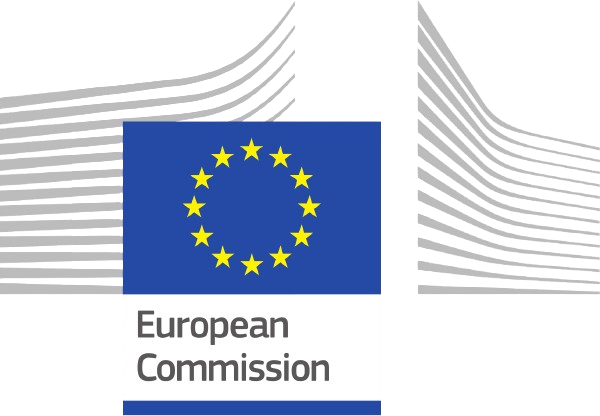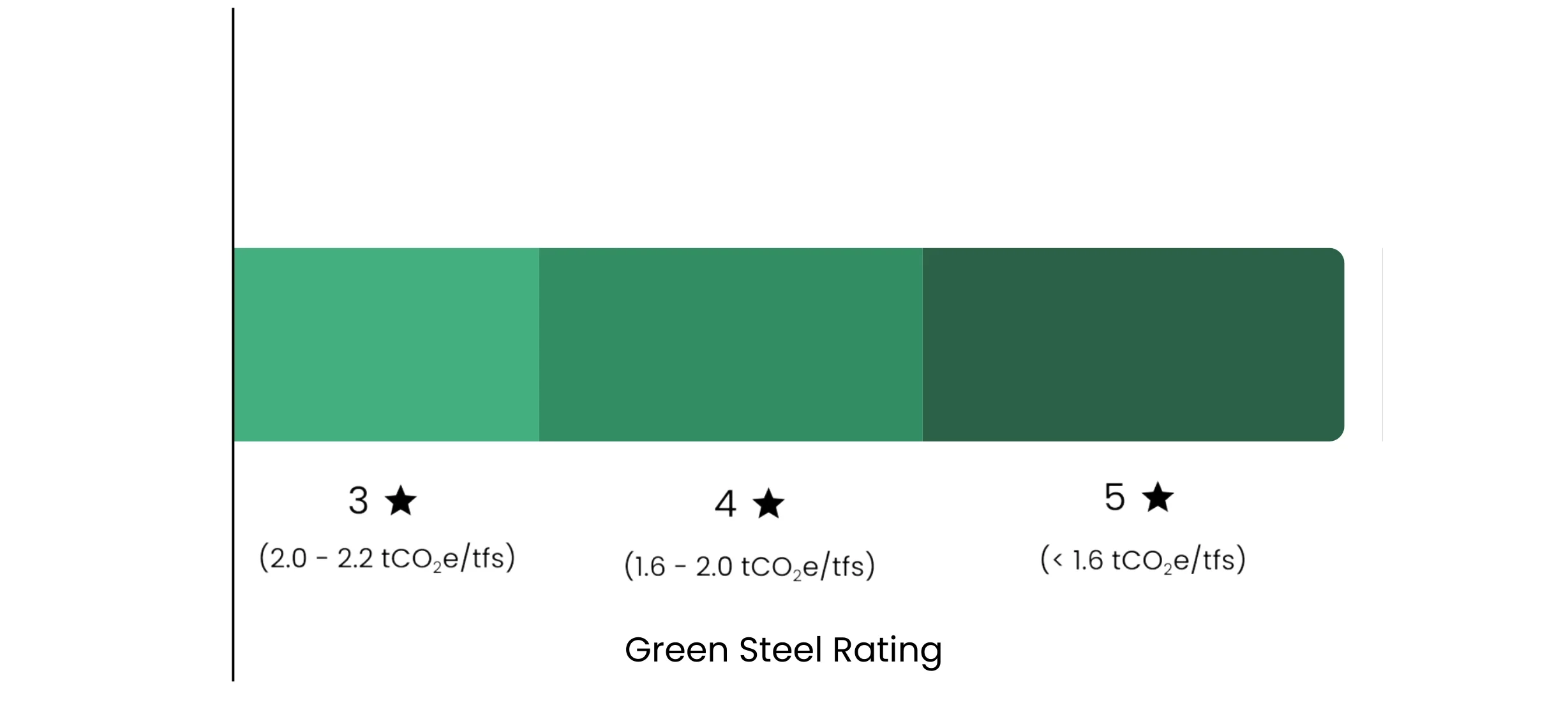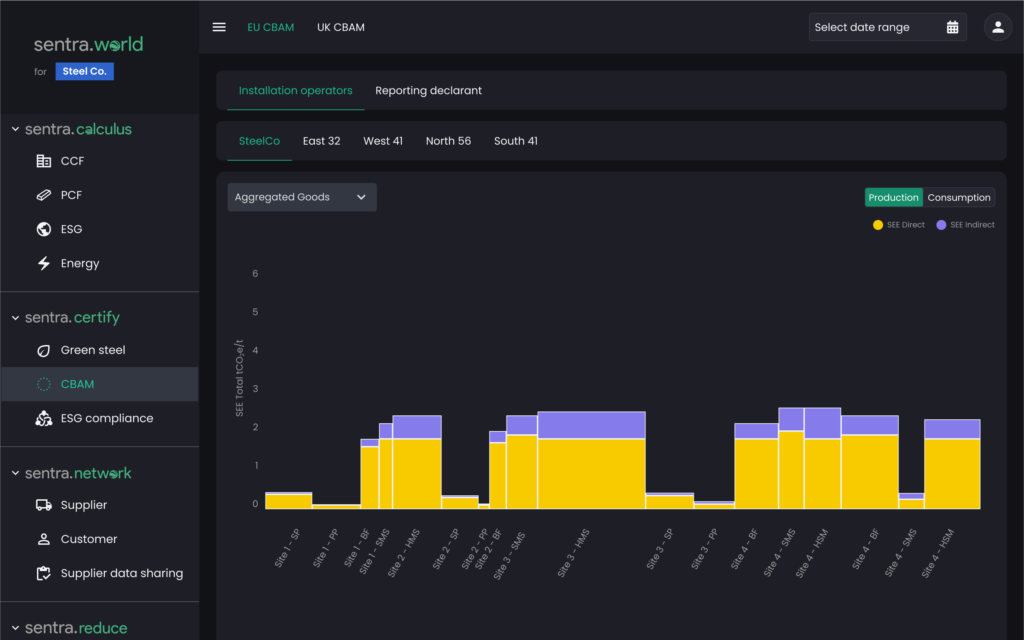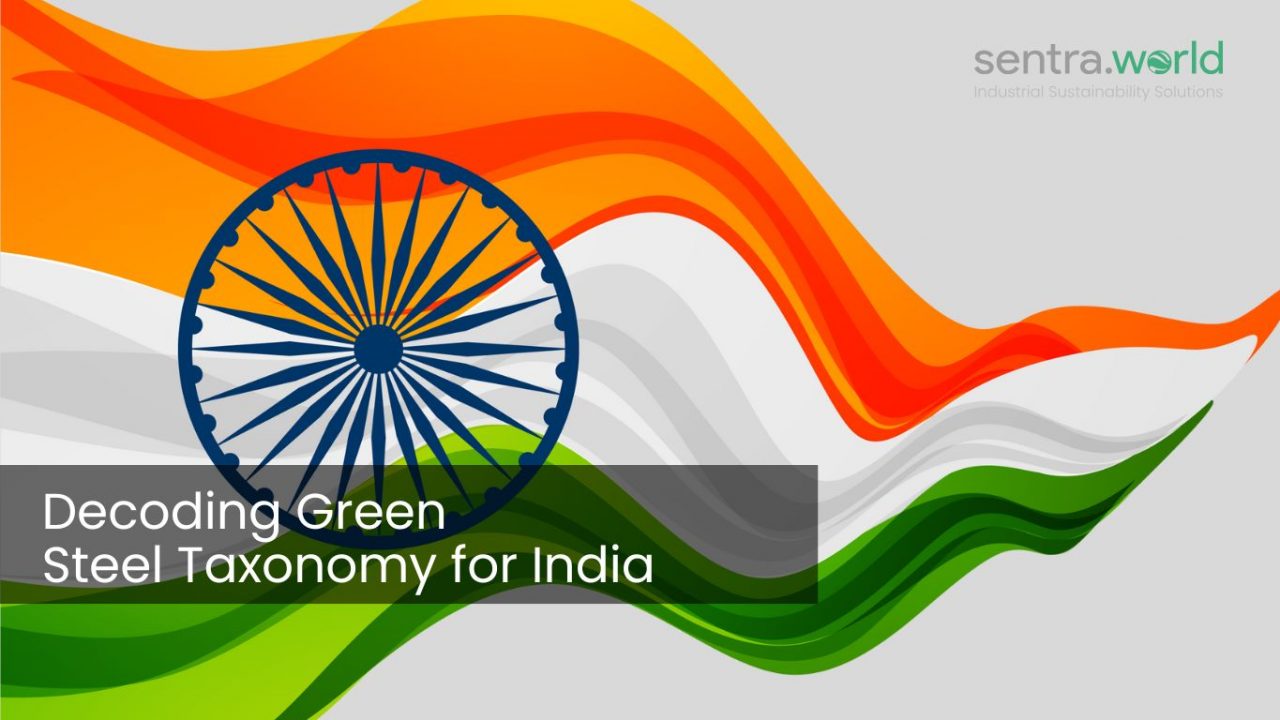What is India’s Green Steel Taxonomy?
India’s Green Steel Taxonomy is the world’s first classification framework that defines “green steel” based on carbon emission intensity. Launched by the Union Ministry of Steel on 12th December 2024, this landmark initiative establishes a scientific, transparent standard for identifying and certifying sustainable steel production.
It supports India’s commitment to decarbonise the steel sector and achieve net-zero emission intensity by 2070.


The Carbon Border Adjustment Mechanism (CBAM) is an initiative by the European Union to combat climate change by imposing a carbon price on imports from countries with less stringent environmental regulations.
CBAM - Related Taxes will be Substantial and will Come Soon, So Start your Decarbonization Journey Now.

Cement

Iron & Steel

Aluminum

Fertilisers

Electricity

Hydrogen
Our Key Offerings
Protect Your Proprietary Emissions Data
Share only the necessary Annex IV and Summary Communications documents to maintain the confidentiality of your operational data.
Start Early Due to Complex Calculations
CBAM involves the most intricate GHG reporting system. Begin preparations early to navigate its complexities effectively.
Prepare for Significant Financial Implications
CBAM-related taxes will be substantial and are coming soon. Initiate your decarbonization efforts now to mitigate these financial impacts.
How Green Steel is Classified?
5-Star Green Steel
< 1.6 tCO₂e/tfs
4-Star Green Steel
1.6 – 2.0 tCO₂e/tfs
3-Star Green Steel
2.0 – 2.2 tCO₂e/tfs
No Rating
> 2.2 tCO₂e/tfs
This transparent rating system provides steelmakers with clear sustainability benchmarks and helps buyers identify certified low-carbon steel.
GST is Here, Are You Ready?

How Does sentra.world Ensure CBAM Compliance?
Boundary Setting
Define operational boundaries, key drivers, and process inclusion to establish a clear framework for CBAM compliance.
Data Collection
1. Implement data mapping and ERP integration for seamless information flow.
2. Utilize AI-led data validation to ensure accuracy.
3. Collect, validate, and integrate supplier data efficiently.
Calculations
1. Follow approved CBAM methodologies and default emission factors.
2. Perform detailed carbon balance calculations at the process level for precise emission reporting.
Report Preparations
1. Automate the creation of summary reports (Summary Comm, Annexure IV) for customers.
2. Provide in-depth calculation files as backup documentation.
Customer Alignment
Ensure 100% acceptance from customers and compliance with EU regulations.

Why sentra.world for Green Steel Certification?
Our end-to-end platform offers:
Seamless Registration
Automated Data Collection
100% Accurate Calculations
Integrated 3rd-Party Verification
Real-time Certification Status

Frequently Asked Questions

India’s Green Steel Taxonomy defines “green steel” based on carbon emission intensity, promoting sustainable steel production and decarbonisation.
The Union Ministry of Steel launched the world’s first Green Steel Taxonomy on 12th December 2024 to drive low-carbon steel manufacturing.
It sets clear sustainability benchmarks for green steel and supports India’s net-zero target while reducing the sector’s carbon footprint.
India is the first country to launch a Green Steel Taxonomy, setting global standards for sustainable and low-emission steel production.
Its objective is to classify and certify green steel, encouraging clean technologies and driving investments in sustainable steelmaking.
The official Green Steel Taxonomy PDF is available on the Union Ministry of Steel’s website, providing detailed guidelines and certification processes.
The National Institute of Secondary Steel Technology (NISST) will function as the primary agency overseeing measurement, reporting, and verification (MRV) and will be responsible for issuing green steel certificates and star ratings.
It compels steel manufacturers to adopt low-carbon practices, enhancing competitiveness and meeting global green compliance requirements.
Companies adopting green steel improve ESG ratings, meet sustainability benchmarks, and align with global carbon reduction goals.
Latest Blogs
The emergence of the Green Steel Taxonomy for India marks a pivotal moment in the global steel industry, particularly as nations strive to

